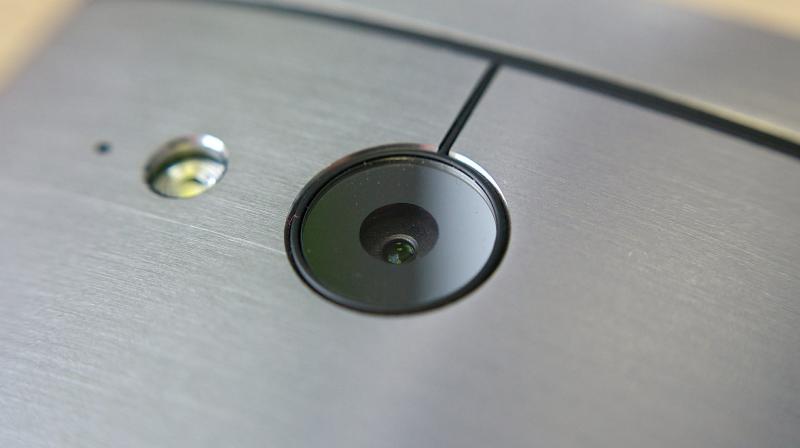Smartphones that feature OIS for better, stable photos
OIS helps maintain stable shots when capturing photos or videos, especially if you have shaky hands

These days, if you are looking for a good photography-related smartphone, chances are that you must be exposed to the term OIS. It is a camera technology that all the current flagships boast and is touted as “the thing” to have in your smartphone. The question is – is it any good?
To start, you should know about the basic structure of a camera. There’s a series of glass lens followed by an image sensor that converts the light rays into an image that you see on your screen. There are a shutter and aperture placed in between the lenses and the sensor. All of them are fixed firmly with the phone’s body. When you tap the shutter button of the camera interface, you are asking the processor to open the shutter and allow light into the sensor for a very short time, which is then converted into a digital image.
If your smartphone is still, your camera will simply capture the light and process it. But if you have got shaky hands, the phone will keep shaking while clicking a photo. Since the phone moves about, the camera module also keeps moving around, thus altering the amount of light constantly and leading it to capture blurry photos.
This is where OIS steps in. The whole camera module is based on a gyroscope motor that constantly moves around to compensate the phone’s physical movements. So, when you are taking a photo while moving around, the camera module’s gyroscope constantly adjusts itself to keep itself in plain line of sight with the subject – basically, stabilising the lens. The technology stabilises the optical parts of the camera, hence the name Optical Image Stabilisation.
OIS has been around for some time in the world of cameras. DSLR cameras, as well as digital cameras from major brands like Canon, Nikon and Kodak, have been using the image stabilisation tech for more than a decade. Even smartphones have been employing this tech for quite some years.
Since the OIS technology is expensive to incorporate in the smaller confines of a smartphone body, you will find it mostly on the flagship models from various manufacturers. Samsung has been employing the OIS tech since the Galaxy S6. So, in 2017, you are bound to find the tech in the Samsung Galaxy S8/S8+ that even has an unused front OIS camera lens. Apart from that, the Galaxy Note 5 also has the OIS-enabled camera. HTC’s last year’s flagship, the HTC 10 has front and rear camera OIS as well along with the latest HTC U Ultra too. LG’s G6 and V20 also feature the OIS camera modules in them. Apple’s iPhone 7, 7 Plus, 6s Plus and 6 Plus have OIS cameras as well.
However, most of the above feature a 2-axis OIS, i.e. they will do horizontal and vertical corrections only. Xiaomi unveiled a 4-axis OIS camera capable of doing multi-directional corrections on the Mi 5 last year. The 4-axis OIS camera is also present on the 2017 Xiaomi Mi 6 as well.

